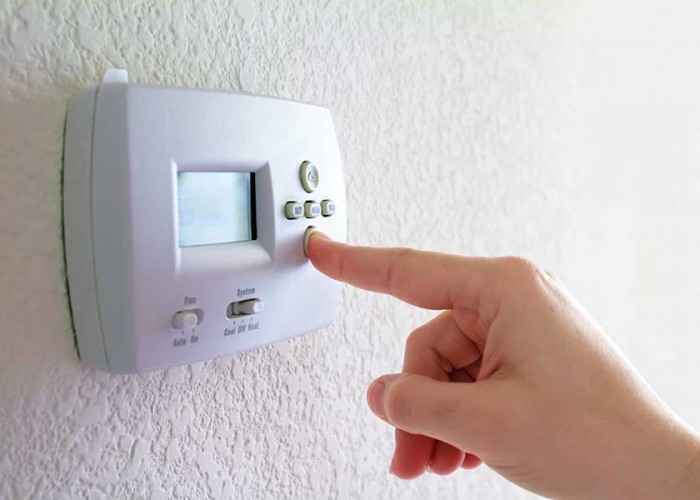Warm Clothes Wherever You Go
‘Electric’ isn’t just for blankets
By Jonathan SusserStay warm with this heated down jacket from Venture Heat.
Q: I enjoy working and spending time outdoors and was fortunate enough to receive a heated jacket for the holidays. I had never seen a jacket with a battery and charger before, though, so I’m not quite sure what to make of it all. Is this a new clothing trend?
A: Heated clothing is one of the more unique electrified technologies that have entered the market. It’s also interesting for us, because this column usually focuses on saving money through energy efficiency and electrification, and here we’re adding an energy expense. But convenience and comfort are important as well, and you’ll certainly be gaining in those two areas.
Heated clothing has actually been around for nearly a century — starting in aviation in the 1930s and 1940s — but only more recently has it been going mainstream thanks to improvements in battery chemistries. It’s often found at outdoor locations like construction jobsites and farms, but it’s turning up more for leisure wear, too, with a growing number of products. Popular items include jackets, gloves, socks and vests.
The jackets function through heating elements dispersed throughout the garment. These elements are usually composed of thin wires that produce heat when an electric current passes through them. A compartment in the jacket stores the battery pack — its location varies by brand — and there’s usually a button that can be pressed to change the output of the heat. The higher the heating power, the shorter the runtime of the battery, though you’ll likely get at least a couple of hours even on maximum settings.
Some manufacturers use the same battery pack for clothing as well as compact hand tools. So, if you’re not going to be wearing the jacket, or maybe just not applying the heating elements, you may be able to use the battery to power a ratchet, light, drill, saw, spot blower and lots more.
As hinted at earlier, one thing to keep in mind is that because you are adding a battery-powered feature, you’ll be paying for the electricity to charge the battery. Battery pack sizes vary, but an example jacket model could be 12 volts and 2.5 amp-hours. In kilowatt-hours (kWh), which is the unit of energy you pay for on your electric bill, that comes out to just 0.03 kWh ([12 x 2.5]/1,000).
The charging itself uses a generic wall outlet and can take anywhere from half an hour to a couple of hours depending on the battery and charger.
The heat you get from the jacket, while nice, likely won’t feel like a sauna, so you may still want extra layers based on how cold it is. But whether you’re doing work around the yard, going camping or hunting, or braving the elements for your favorite outdoor sporting event, enjoy the benefits of your new gift.
-
More energy tips for the cold
-
Share this story:








